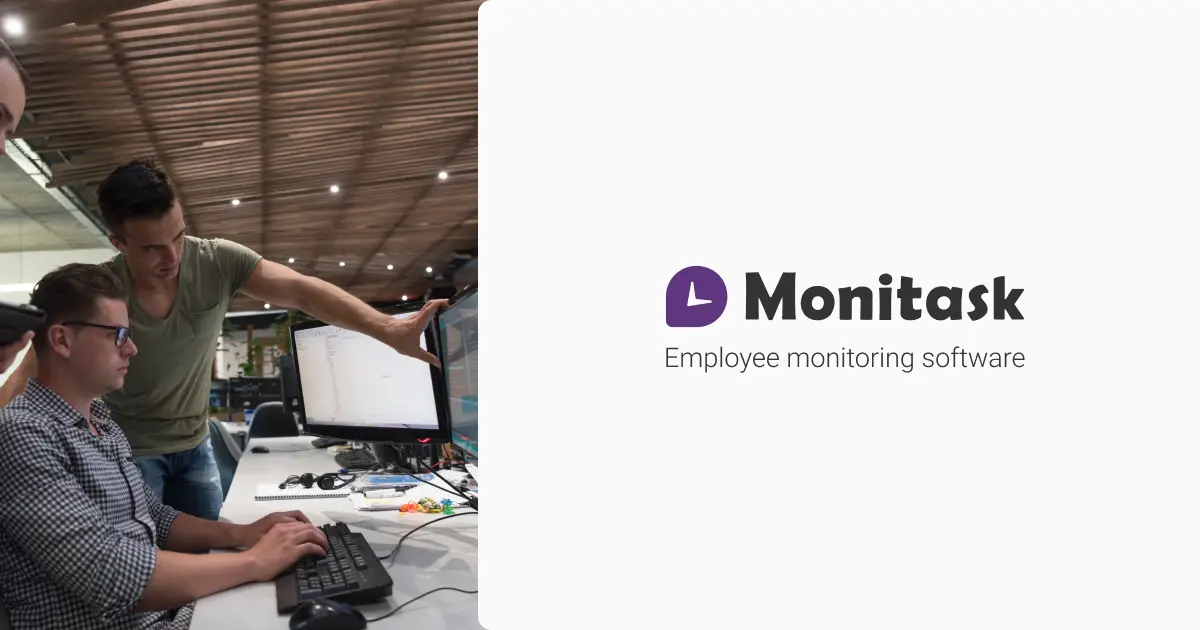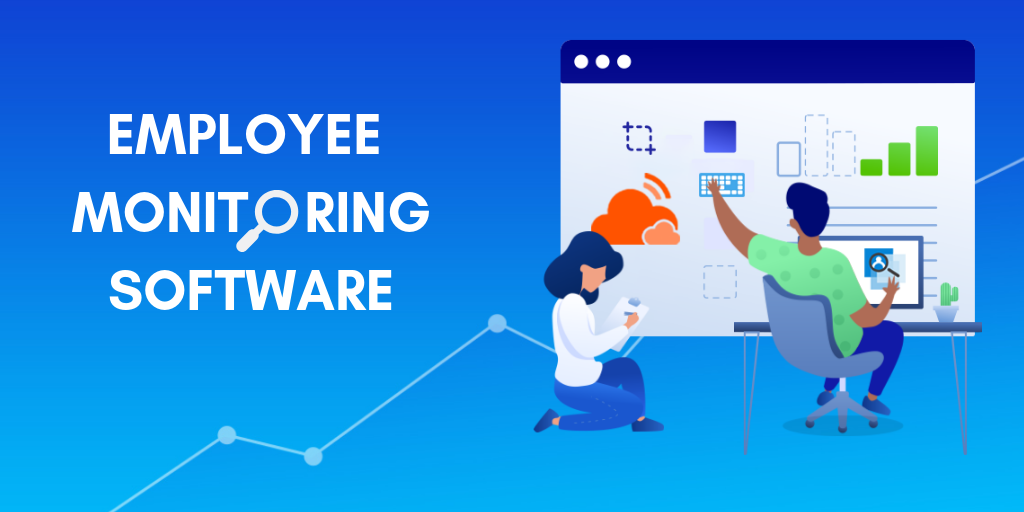It's a type of software that enables organizations to track, monitor and track the activities of their employees. It allows employers the ability to collect data on a variety of aspects that relate to the behavior of employees. This can include internet use, application use keyboard strokes, screenshots, and keystrokes. Software to monitor employee activity is mostly used to increase productivity, monitor the compliance with corporate policies, protect sensitive data as well as address security issues. There are a variety of factors to take into consideration when selecting the best employee monitoring software. Take note of these crucial factors: Features. Choose the features you require based on the needs of your company. Some of the most common features include activity monitoring and website blocking. Other features include keystroke logs and tracking software including email monitoring, and reports generation. Prioritize features based on your goals for monitoring.
Privacy and Compliance: Make sure the software adheres to the ethical and legal guidelines on employee monitoring. Find out about the laws as well as regulations and laws in your region. It is recommended to look for software that has transparent and configurable features to respect the privacy rights of employees.
User-Friendliness: Consider the software's ease of use and accessibility. A user-friendly interface and straightforward setup process will save time and ease of implementation. Look for dashboards that are customisable and reporting tools which allow you to easily interpret the data taken.
Integrity and Compatibility: Check the software's compatibility with your infrastructure. This includes operating systems, email software and project management platforms and collaboration tools. The software that you are compatible with provides seamless monitoring and does not disrupt day-today work.
Data Security: Review the security measures of the software to ensure safeguarding the collected information. Security protocols, encryption, safe storage of data as well as access control are essential. Verify that the software company has strong data protection and security practices.
Scalability - Think about the software's ability to grow in line with your business. Choose software that is easily scaleable to accommodate your evolving needs if you plan on expanding the size of your staff or establishing new offices.
Analytics and Reporting - Take a look at the software's capabilities for reporting. Features that provide a comprehensive view into the productivity of employees, their time management, and trends are crucial to consider. Customized analytics and reports will help you identify improvement areas and help you make educated choices.
Customer Support- Evaluate the quality of customer support provided by the software vendor. Assess their availability, responsiveness and the quality of technical support. If you have a good customer service department they'll be able to offer quick help whenever issues occur.
Cost- Take a look at the pricing structure for the program. Is it a single payment, a subscription, or based on usage? Know the pricing structure and any additional costs for support updates or additional features. Be aware of the features and costs of the product.
Transparency and communication with employeesBe transparent and communicate clearly to your employees when it comes to the use and implementation of software for monitoring. Communicate clearly the reason the work scope, and expectations in relation to the monitoring. Answer any questions they may have and make sure they understand how their privacy will be respected.
After analyzing these elements you can make an informed decision that fits your organization's specific needs and respects employee privacy while meeting all legal requirements. See the top rated time tracking monitoring service company for site advice.

What Are The Different Characteristics Of The Employee Monitoring Software?
Software for monitoring employees has numerous options for analyzing and tracking the activities of employees. The software for monitoring employees may include different features. Here are some most commonly used features. Activity Monitoring This feature records and logs all employee activities including the websites visited, programs utilized, files accessed, as well as the amount of time spent. It provides a complete view of the time that employees spend working.
Keystroke Logging Keystroke Logging Keystroke recording records each keystroke that employees make. It is a great way to uncover productivity bottlenecks, spot illegal activities, and collect evidence for investigations should they be required.
Screenshots and screen recording Certain software can record employee screens in real-time or captures screenshots on a regular basis. This feature is used to measure the efficiency of employees, verify the compliance of employees, or resolve issues.
Internet Usage Tracking: This feature monitors employees' internet activities like the websites they visit, search queries made, and the download of downloaded files. It can be used to detect excessive browsing that is not related to work, possible security risks, or infractions.
Application Usage tracking - This feature tracks the applications that are used in the workplace by employees. It allows you to determine what applications are the most popular. It can also help determine excessive or inappropriate application usage.
Email Monitoring: Employers can monitor emails sent and received by employees as well as attachments and the contents of emails. It assists in ensuring compliance with company policies to prevent data leaks and investigate any suspicious activities.
File and document tracking This feature monitors changes to files, transfers, and changes to documents. It protects sensitive data as well as monitor document collaboration and ensure compliance with data security guidelines.
Remote Monitoring- Remote monitoring capabilities let employers supervise employees working remotely or in various locations. Employers can monitor their work and monitor that they work efficiently regardless of where they are.
Productivity AnalysisSoftware for monitoring employees often comes with productivity analysis features that offer insight into the patterns of work performed by employees as well as time allocation and overall productivity levels. These analyses help find areas for improvement and optimize workflow.
Reporting and Analytics- Robust analytics and reporting tools generate elaborate reports and visuals based on the collected data. These reports provide valuable insight on the performance of employees, their the allocation of time and resources.
Compliance and Policy Management: Some software solutions come with features to ensure the compliance of both the corporate regulations and industry standards. They allow employers to establish rules for acceptable computer usage as well as internet connection.
Alerts and Notifications: Alerts and notifications notify employers or managers whenever specific actions or events take place. They can, for example notify managers or employers about certain activities or events that occur.
The functionality and availability of the features will vary between various products for employee surveillance. Consider features that will help you achieve your goals for monitoring as well as ensuring compliance with ethical and legal requirements in your jurisdiction. Check out the top rated employee monitoring company for blog advice.

How Can Employee Surveillance Software Comply With Compliance And Privacy Law?
Compliance with privacy and compliance laws is a critical element of employee monitoring software. The exact legal requirements differ from one jurisdiction to the next, however here are some common ways the software used by employees is compliant with privacy and compliance laws: Consent and Notice - A majority of jurisdictions require an informed consent from employees and prior notification of the monitoring activity. Employee monitoring software typically includes features that allow employers to explain their policies regarding monitoring to employees in clear terms. This can be done by providing written notices to employees, obtaining their consent through consent forms or implementing an employee handbook that outlines the monitoring procedures.
Transparent Monitoring Policies - Employee monitoring software helps promote transparency by making sure employees know specific types of data being collected, the purposes of monitoring, and the nature of monitoring. The clear and complete policies will let employees know the limitations of monitoring and their rights regarding privacy.
Data minimization is typically used by software for employee monitoring to ensure compliance with privacy laws. The software gathers and stores only necessary information, while not collecting unnecessary or ad-hoc data. The software limits data collection only to that which is required for monitoring, making it easier to manage privacy and compliance.
Anonymization and Aggregation- Some software for monitoring employees can anonymize or aggregate information to ensure privacy further. Anonymization removes personal identifiable information (PII) and makes it impossible for data to be associated with a specific individual. Data from multiple employees are combined to provide insights on a group-level without identifying any individual.
Secure Data Storage & Encryption - Software for monitoring employees places a high priority on the security of the data stored. Data is secured by secure data-storage practices and encryption techniques. This is a part of the security of data in transit and at home.
Access Controls and Restricted Permissions - Employee monitoring software provides access controls that are granular to guarantee compliance. This allows employers to limit the number of authorized users who can access monitoring data for instance HR employees or the designated administrator.
Employee Rights Right to respect employees' rights is essential to comply with compliance and privacy laws. Software for monitoring employees has features that permit employees to see their own monitoring information and request changes. Employees have the ability to make use of their rights in the event of privacy violations and make complaints.
Conformity with Data Protection Regulations – The employee monitoring software is built to comply with the applicable data protection laws like the General Data Protection Regulations in Europe or California Consumer Privacy Acts in America. Compliance means implementing data protection measures, respecting the rights of data subjects, and ensuring the legality of processing.
While employee monitoring software may support compliance efforts in some situations, it's essential that organizations seek legal advice from professionals to stay up-to-date on the relevant laws and regulations within their respective jurisdictions. Adhering to compliance and privacy regulations requires a thorough approach that goes beyond the software itself, including clearly defined policies, training for employees and continuous monitoring of compliance. Have a look at the most popular employee monitoring software for site advice.
